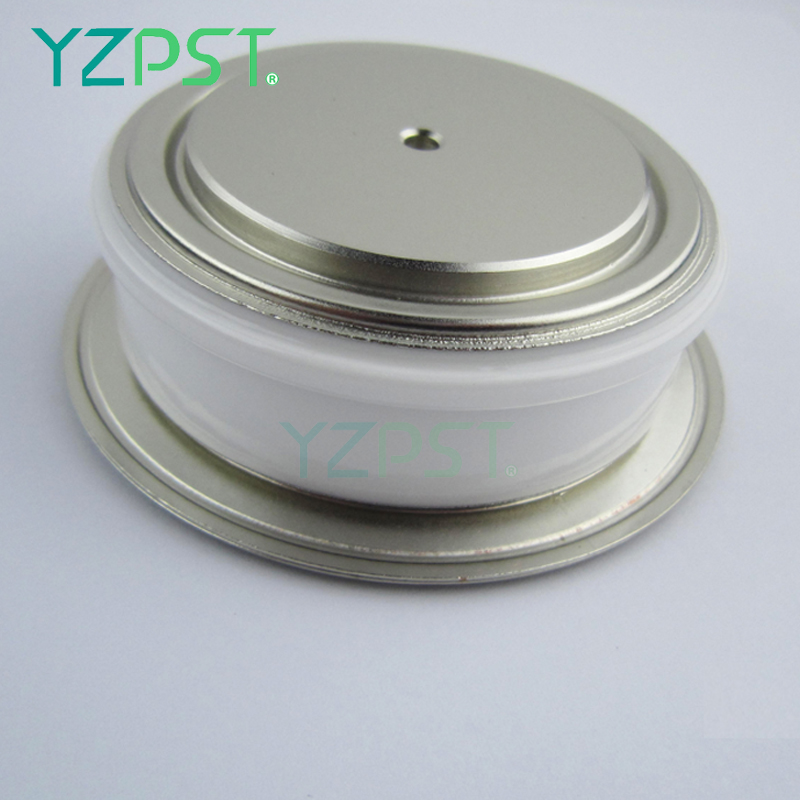In April of this year, Dow Corning filed an infringement suit against Commet, claiming that Commet's KMT-1269 product infringed Dow Corning's (Dow Corning's subsidiary) patent rights for the invention patent No. ZL200480028707.8. Commet determined that the product was not patent infringement, but was independently developed. And quickly launched a counterattack - the application for Dow Corning's "curable organopolysiloxane composition and semiconductor device" patent right to the State Intellectual Property Office Patent Reexamination Board is invalid.
After 8 months of investigation and trial, finally on December 17, the Patent Reexamination Board of the State Intellectual Property Office officially issued a document stating that the patent rights of the Dow Corning patents in the above ZL200480028707.8 were all invalid.
A patent dispute involving a national brand "to defeat" a multinational company was closed in an exciting atmosphere. In contrast, this case will reveal that with the development of the LED industry, from the chip to the package to the material, the "patent war" is nothing new. Kang Shite, general manager of Kangmet, told the reporter of "High-tech LED" that the reason for Kangmet's calmness in this dispute is that it is inseparable from a large number of preliminary work.
Knowing ourselves and knowing each other can only be a battle. Patents involve more professional legal issues. Enterprises alone cannot take into account all aspects. Instead, they should use specialized lawyers such as intellectual property lawyers to have a systematic understanding of intellectual property rights in the relevant fields in advance, and to sort out which patent protections are in place. Within the scope and reasonable circumvention of the rights of others.
With the advancement of technology, the gap between domestic enterprises and multinational corporations is getting smaller and smaller. In terms of equipment and materials manufacturers, in the past two years, it has not only “recovered†domestic “lost landâ€, but also has the ambition to expand into overseas markets. Smart multinational companies have begun to feel the pressure and impact of domestic companies. In the absence of absolute advantage in price and quality, patents have become their sharpest spear.
The patent dispute case is also due to the fact that domestic enterprises' multinational corporations have more and more intersections in the main products. Domestic enterprises have touched the interests of multinational corporations. Therefore, they use the "spear" to protect themselves from the premise. To attack and defend.
Domestic companies that are at a disadvantage in patents should abandon the ideas and practices that used to win only by price. From a higher perspective, we should be familiar with and use patents from the beginning, apply for patents as much as possible, build our own intellectual property system, and become passive.
As one of the leading companies in the silicone market, Dow Corning has gradually cut down the low-tech potting glue under the pressure of domestic enterprises, and has concentrated all the product lines on the high-definition packaging silica gel, trying to hold the domestic silica gel enterprise. A high-margin market that is not yet available. But now, this pattern has gradually been broken.
Since entering the LED encapsulant market in 2008, Commet has not started from the low-profile silicones that most domestic companies are keen on at the time, but directly chose high-definition silica gels that are completely monopolized by foreign companies. Clear positioning has laid the foundation for this patent dispute.
It is precisely because the positioning is similar to that of multinational companies such as Dow Corning, and the strength is equal. The emergence of patent disputes is only a matter of time.
"At least it can prove that domestic companies have the corresponding research and development strength." Ge Shili said in a low-key manner. After eight months of trial, the final victory of Commet was also expected. Ge Shili hopes to eliminate the prejudice of many foreign companies on Chinese companies. In fact, in recent years, as the state's support for SMEs has increased, domestic companies have gradually evolved from manufacturing to “creation†and will not be afraid of similar patent disputes.
"I think we should not only condemn others for bullying our inexperience, but more importantly, we should reflect on ourselves as soon as possible, find out that we have not done well enough, make up for it in time, and learn the 'playing method' of others to be eliminated." This is Ge Shili’s suggestion as a “coming person†to the latecomers.

Rectifier Diode(Standard Diode) utilizes the unidirectional conductivity of the diode, which can convert the alternating current of alternating direction to a pulsating direct current of a single direction. Rectifier diode – diode designed for rectifying alternating current (mostly with low power frequency – 50 Hz at high power emitted during load). The main task of the rectifier diode is to convert AC voltage into DC voltage through application in rectifier bridges. The variant of rectifier diodewith the Schottky barrier is particularly valued in digital electronics.

Rectifier Diode(Standard Diode)
Rectifier Diode,Standard Diode,High Power Rectifier Diode,High Voltage Rectifier Diode
YANGZHOU POSITIONING TECH CO., LTD. , https://www.yzpst.com